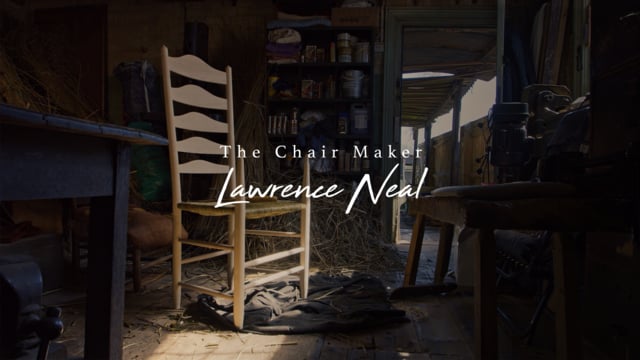The following is a very early “advertorial” from an antique shop extolling the benefits of historical accuracy in the props in films:
It is astonishing to note how rarely the moving picture is accurately staged; by staging we mean correctness as regards details of scenery, dress, furniture, etc. Only the other day we saw a great picture, the scene of which was laid in a distant foreign country; and yet the furniture in an interior scene belonged to American colonial days. Now this, as we have repeatedly pointed out in these pages, is an example of what is known as a glaring anachronism. How rarely the pictures are correctly produced, correctly lighted, etc.! These reflections were suggested to our mind by an interview with Mr. S. M. Jacobi, the art director of the Genuine Antique Shop, 34 East 30th street, New York city. The Genuine Antique Shop has retained Mr. Jacobi’s services in a new capacity, which, we think, should be of great value to moving picture film makers.
Mr. Jacobi, a trained artist and authority on artistic matters generally, has had wide experience in theatrical producing, and also in supplying the furniture, dresses, costumes and accessories for notable productions. The Genuine Antique Store possesses a unique collection of very beautiful paintings, furniture, costumes and refined accessories, which it is willing to let out on hire to moving picture makers who are anxious to have their historical and other productions accurate in respect of accessories and costumes. This is a very important point, as everybody who has the smallest regard for the welfare of the moving picture must realize. At the Genuine Antique Store you see relics of the Colonial period, paneling from old chateaux in France, and even the very finest of furniture from Fraunce’s Tavern, where George Washington met his officers, so that there is a good collection from which to choose. Mr. Jacobi has given attention to the moving picture for a great many years, both in Paris and New York. Besides being an artist, he is a trained photographer, and his services are to be available for the designing of studios for moving picture work and generally in the production of the picture with regard to its accurate presentation, photographic lighting, grouping, etc. We advice all to get in touch with the Genuine Antique Shop at the address given, either by mail or, better still, by a personal visit. We feel convinced that they will come away as we did; namely, with a feeling of envy for the treasures it contains—treasures that will look good in a moving picture.
“The Staging of the Picture.” Moving Picture World Vol 4, Num 26. 26 June 1909: 18. Print.

